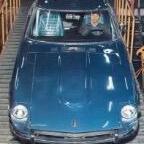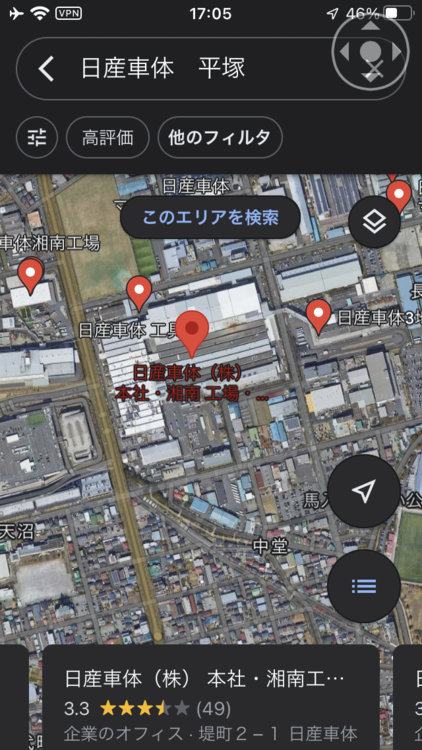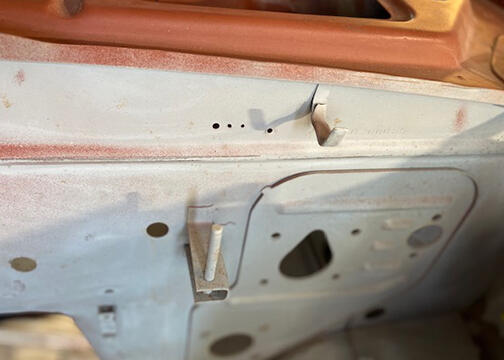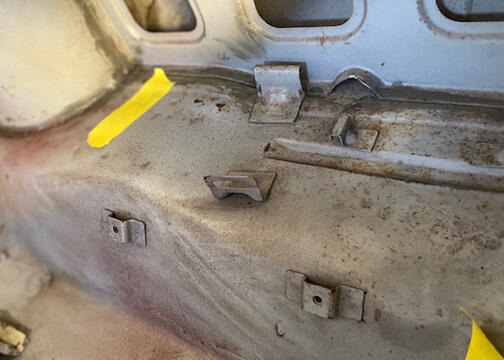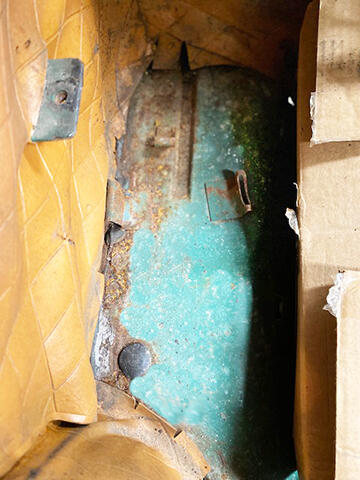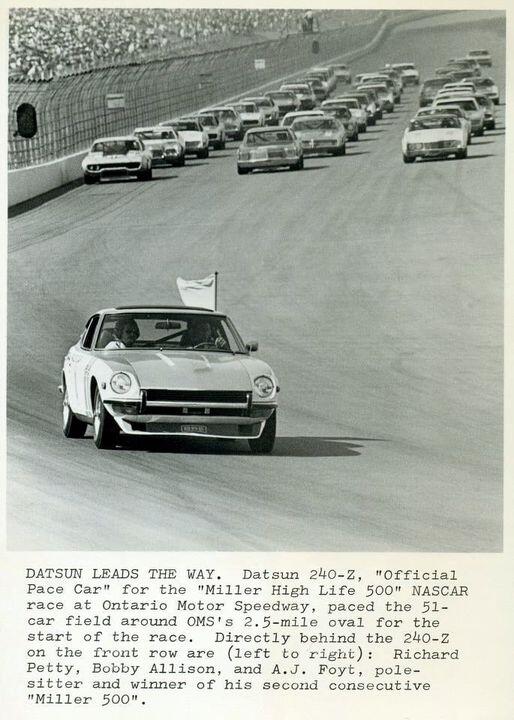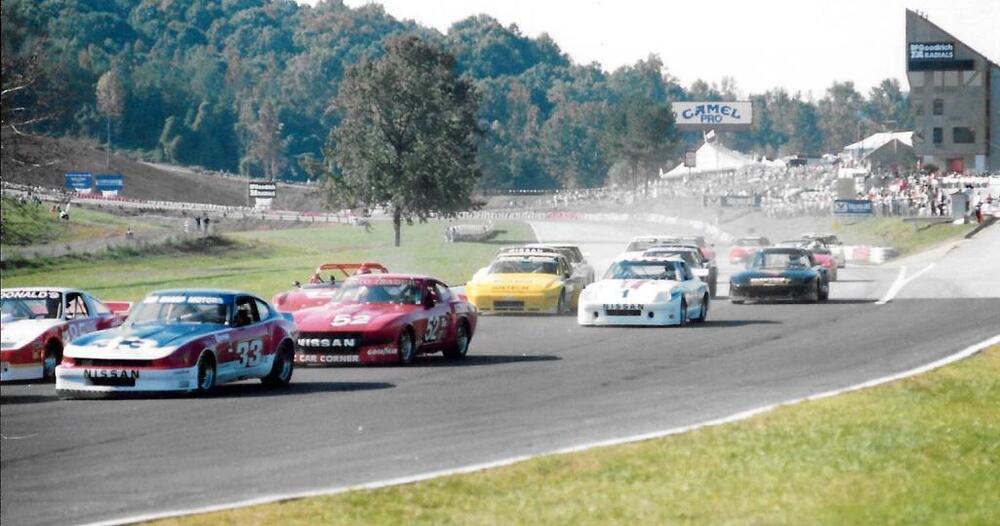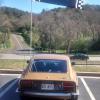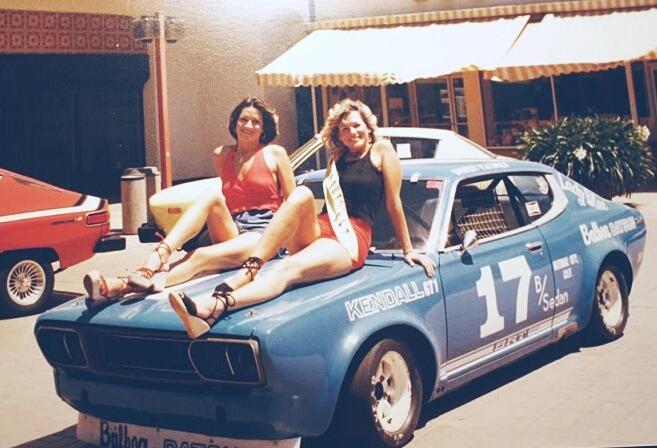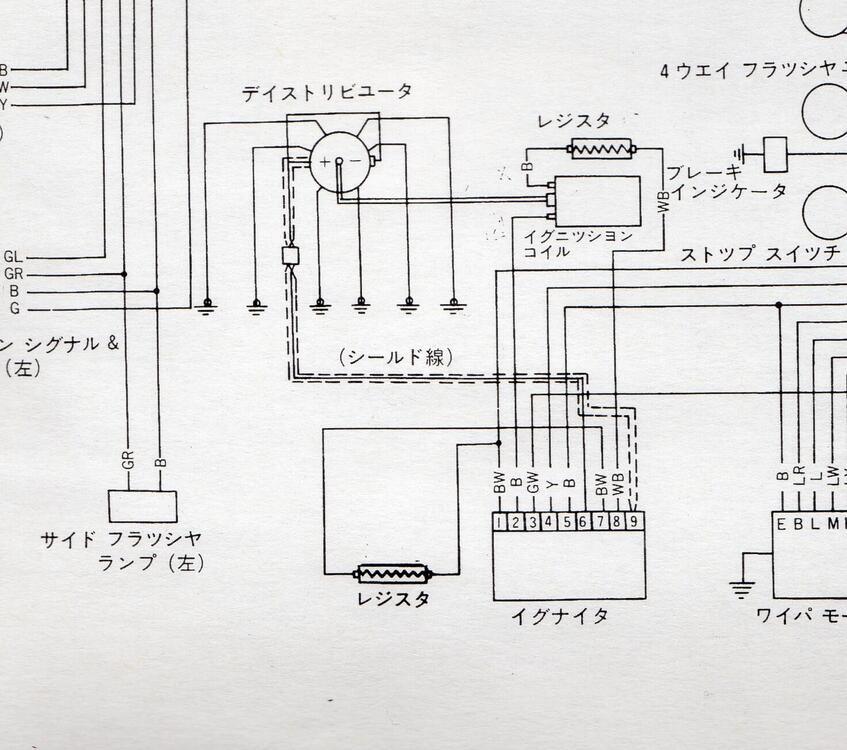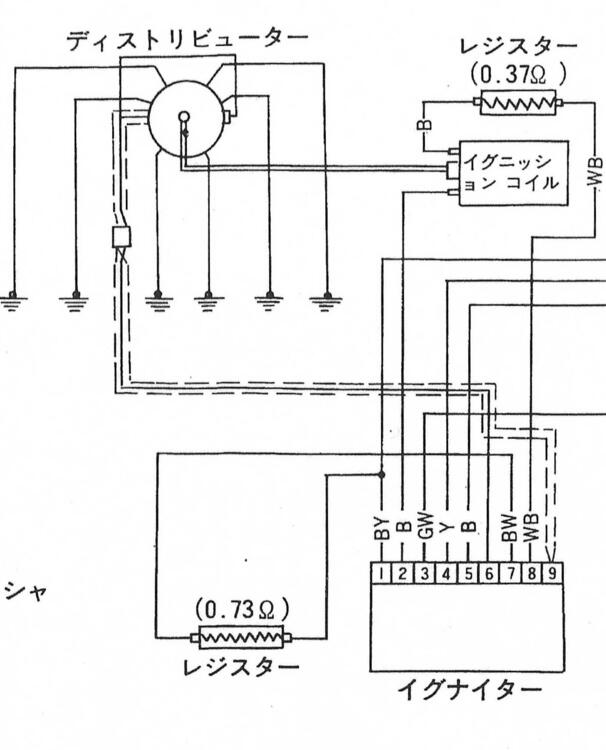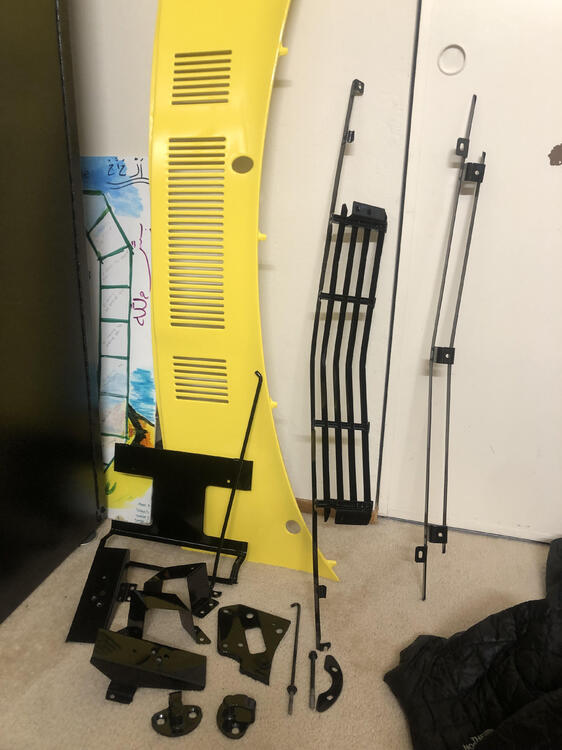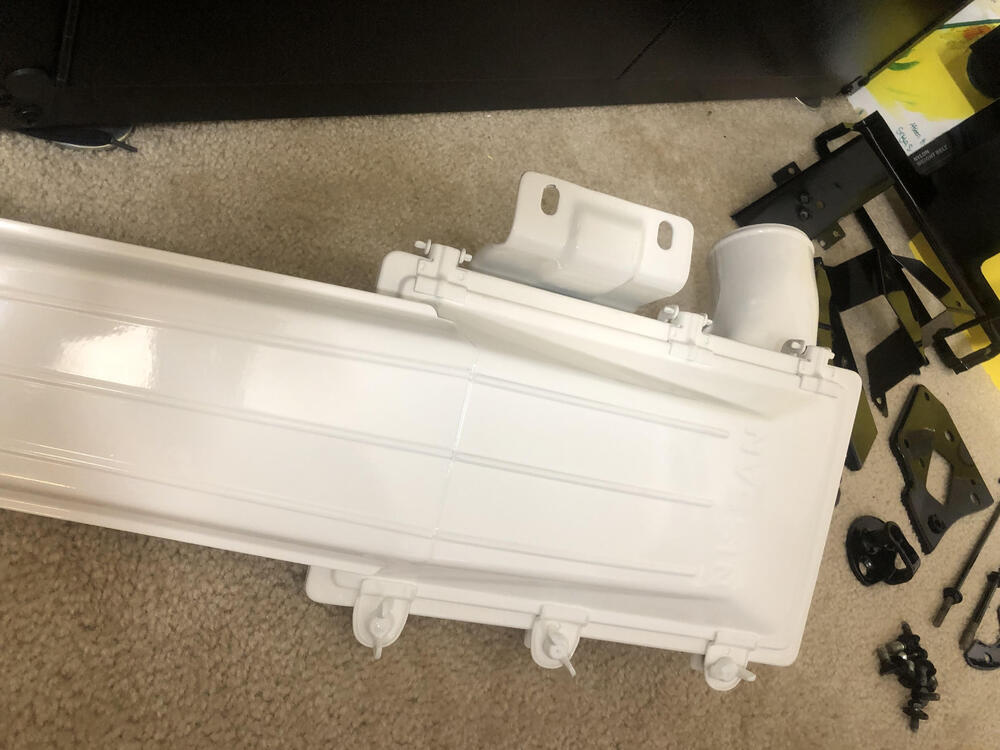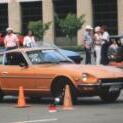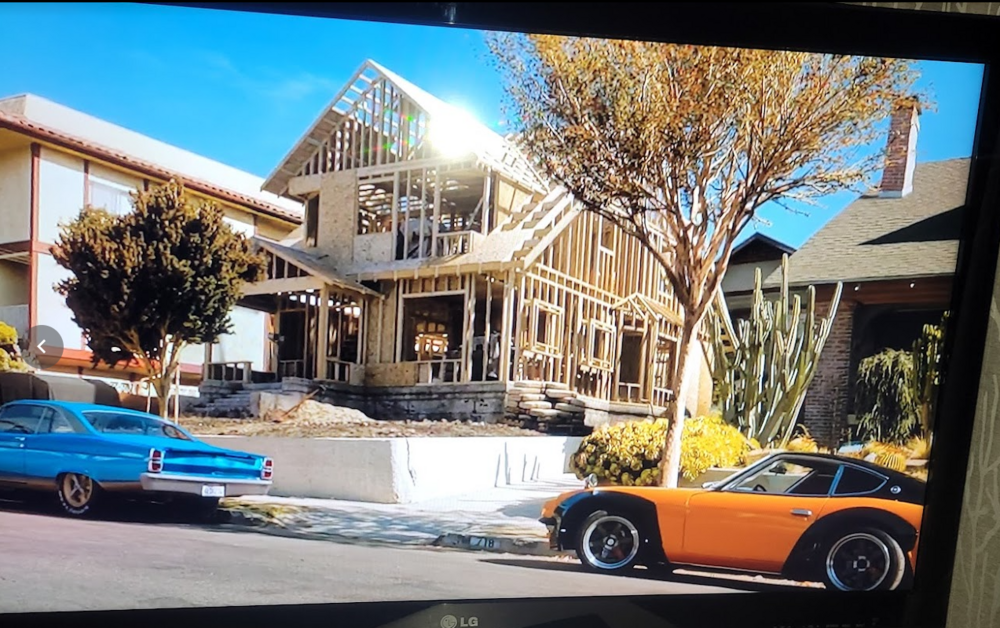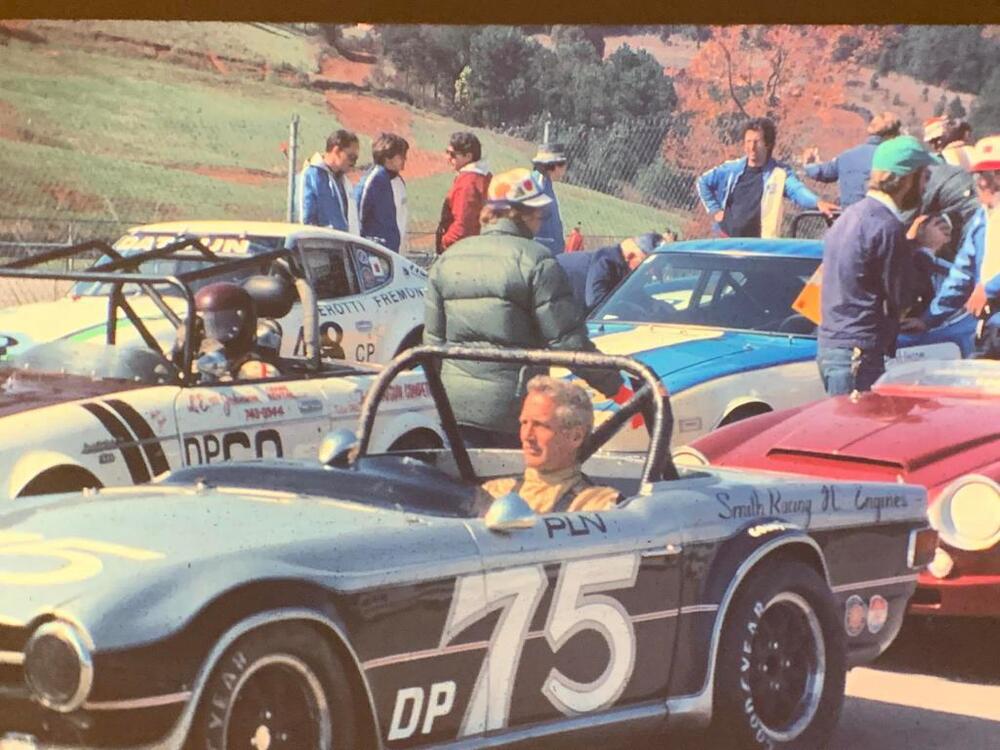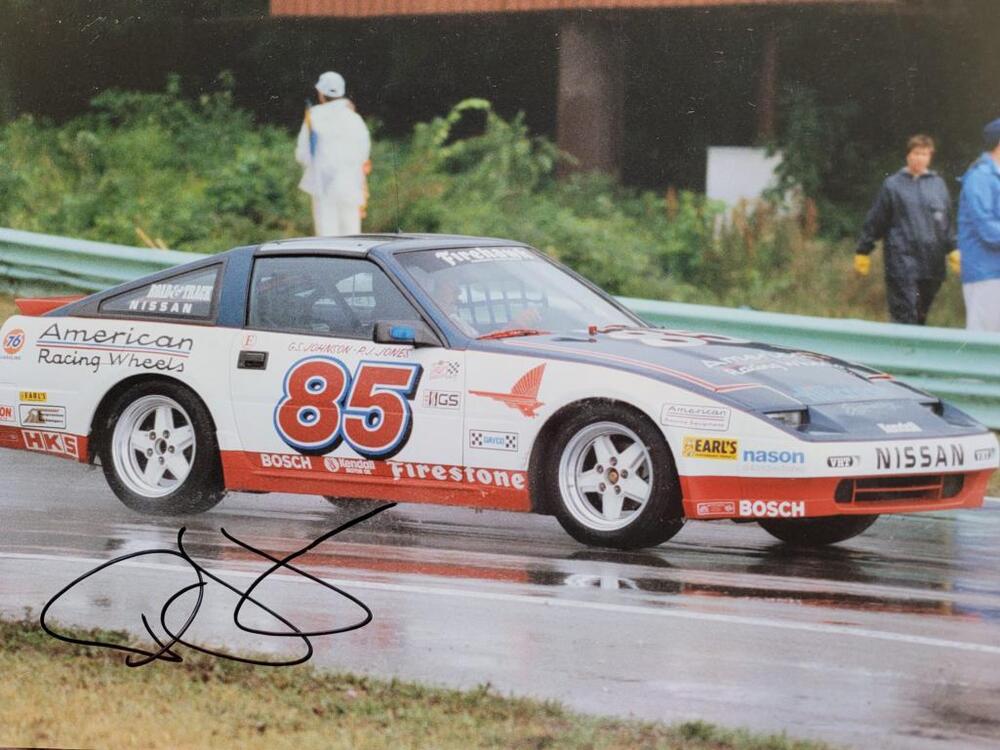I just want to take a moment to quote this post, and say that the document - marked 'Secret', no less - which Kats obtained and showed us here some years ago, seems somewhat underappreciated.
I think it is dynamite. Probably the single most telling piece of official documentation relating to the genesis of these cars I have ever seen. It is, in my opinion, something of a Rosetta Stone...
It has it all. Dated 25th June 1969, and with a big 'Hi' stamp (for 'Himitsu'/Secret), it is titled ''270 Kei-sha C/# Dakoku Yōshiki', and it gives us the type designation, purpose, company department destination and actual identity of the first fourteen cars in the project to be given full chassis numbers.
First of all, there's no 'Datsun 240Z', 'Fairlady Z', 'Fairlady Z432' etc etc here yet. We know that the project was nicknamed 'Maru Z' (Z in a circle cipher) and was given the internal project number '270 K.K.' ('270 Kaihatsu Kigou'), a glimpse of the terms being used within Nissan just before production. Personally I always wondered where the '240Z' name came from for the Export cars, as it doesn't seem to make much sense ('2400Z' or '2.4Z' might seem odd to us now, but they are certainly more logical) and I am convinced that the '270KK' project code is what actually inspired it. The '240Z' name was a late assignation, after 'Fairlady Z' was rejected for the Export cars. I think the '270' code inspired '240Z' when a name was required at short notice.
Secondly, it shows us that - quite logically - 'S30-00001' was the first '270' project chassis to be given a full series identity. 'S30' was the designated series number and the S30-prefixed models of Fairlady Z and Fairlady Z-L were key parts of the family tree. This was how Nissan structured the variants of other models too; a good example would be the C10-series Skyline, where C10 was the series and C10-prefixed models were the building blocks for the structure of other variants in engineering and documentation.
Thirdly, and I think this is particularly interesting, the second car to be given a number is described as being an 'HL270' variant. Naturally, with LHD exports being a key part of the whole project, we would expect this to be a North American market type variant. However, that does not seem to be the case. That 'HL270' designation would appear to show it as being a general export LHD variant. So 'HLS30-00001' looks to have been what we might call a 'Euro' LHD type variant.
The third car is a 'P270' variant - the 'P' indicating the S20 twin cam engine - and it was given chassis number 'PS30-00001'.
Fourth car, first of the 'Ichiji Seishi' cars and destined to be a 'Soko test' car, has an 'HL270U' designation. That 'U' suffix would - according to Nissan's usual habit - indicate a North American market type variant when applied to an 'HLS30' prefixed chassis number. This was 'HLS30-00002'.
We then get 'S30-00002', given the designation '270C' (or is that '270L'?). Certainly there's a distinction between this car's designation and the designation of 'S30-00001'. I'm guessing that one is a Z-L (Deluxe) and one is a Z-S (Standard)? That fits with Nissan's modus operandi too. Or does it possibly indicate a factory AirCon car...?
Seventh car to be given a number, and the 4th 'Seisan Shisaku' car, is an 'H270U' designated variant. That would mean RHD Export type, and it was 'HS30-00001'. Another 'Soko test' car.
So there they are. The first fourteen numbered cars. We are extremely privileged to see a key internal planning document of this type (thank you Kats) and I would say it deserves a thread of its own, and a little more recognition.







